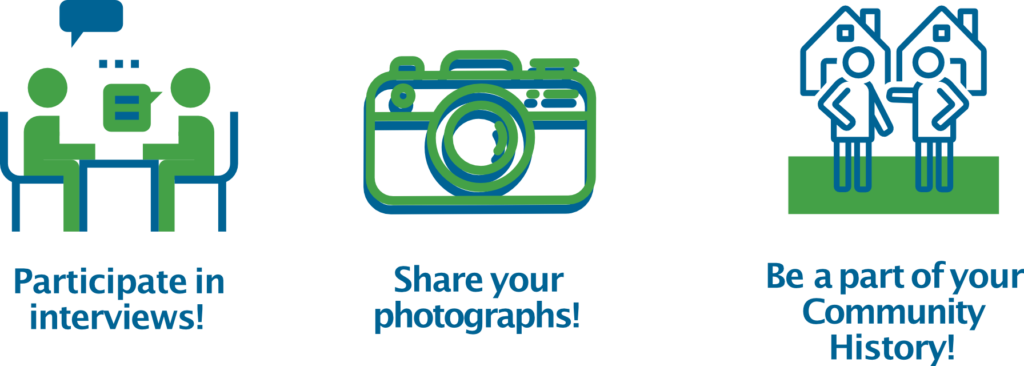
The purpose of the Community Mitigation Plan for the I-526 LCC WEST is to effectively offset project impacts in partnership with residents of the Ferndale, Russelldale, Highland Terrace, Liberty Park neighborhoods. These four neighborhoods are just a few of many neighborhoods in North Charleston with a rich cultural history. The purpose of the Community History Preservation Program is to record the past of these neighborhoods through interviews with current and former residents; to collect historic photographs of the communities prior to the construction of I-26, I-526, and other developments; and to gather images of the communities prior to the potential construction of the I-526 Lowcountry Corridor WEST transportation project as part of the Community Mitigation Plan. This program falls under the Preservation Pillar of the Environmental Justice Community Mitigation Plan, connecting the past, present, and future of the community by maintaining and preserving the neighborhood’s rich cultural history.
We encourage you to stay engaged—participate in interviews, share your historic images, and provide information to document the unique historic and cultural elements of your community. Based on community feedback, this program will also be used to inspire design concepts to be incorporated into the appearance of the new community center. Upon completion, a final report will be available at the new community center, the public library, and online. Stay tuned for information regarding community events where you can meet and interact with our History Preservation Program Manager, Professor Damon L. Fordham, and share your stories.

Contact Us
Live or have lived in the Ferndale, Highland Terrace, Liberty Park, or Russelldale neighborhoods? Please contact us at the Community Office by phone at 843.258.1135 or in person at 5627 Rivers Avenue in Gas Lite Square, North Charleston. Email us at HistoryProject@526LowcountryCorridor.com to share stories, pictures, and videos of your memories. Join us, and be a part of history.
What might this program look like?
Interested in what the CHPP could look like? View examples of similar projects below!
- Historic Context – Digging I95
- Stories of Chelsea – A Community History Project
- Denham History
